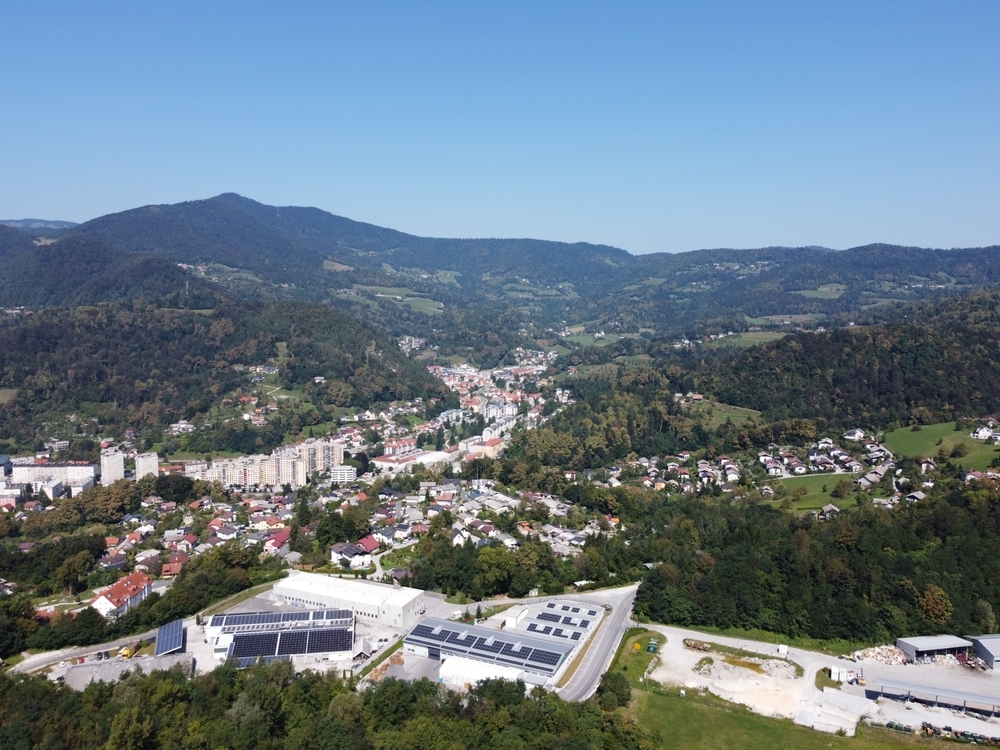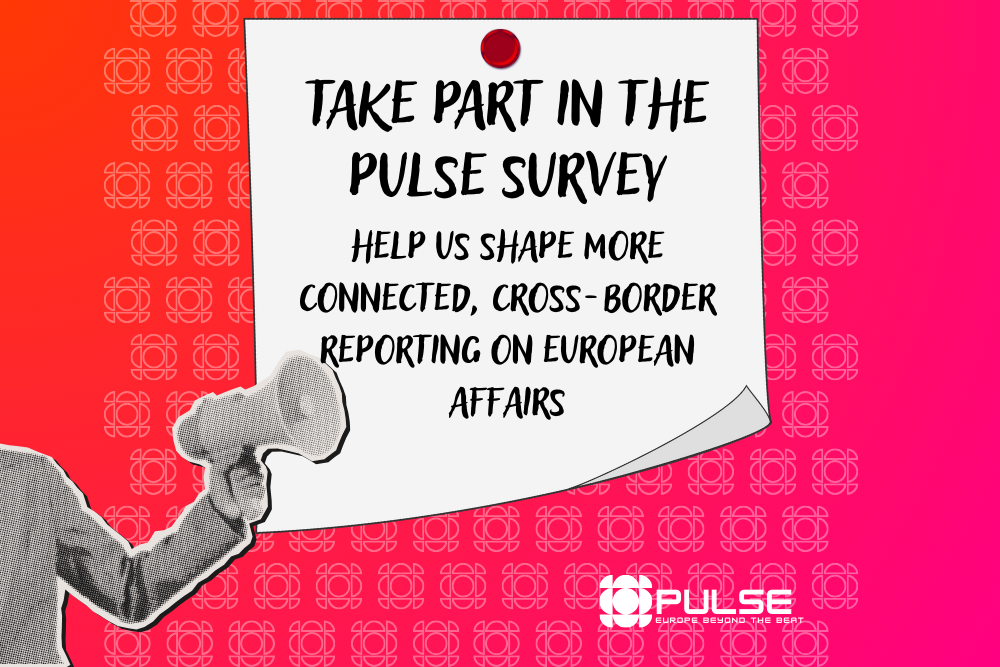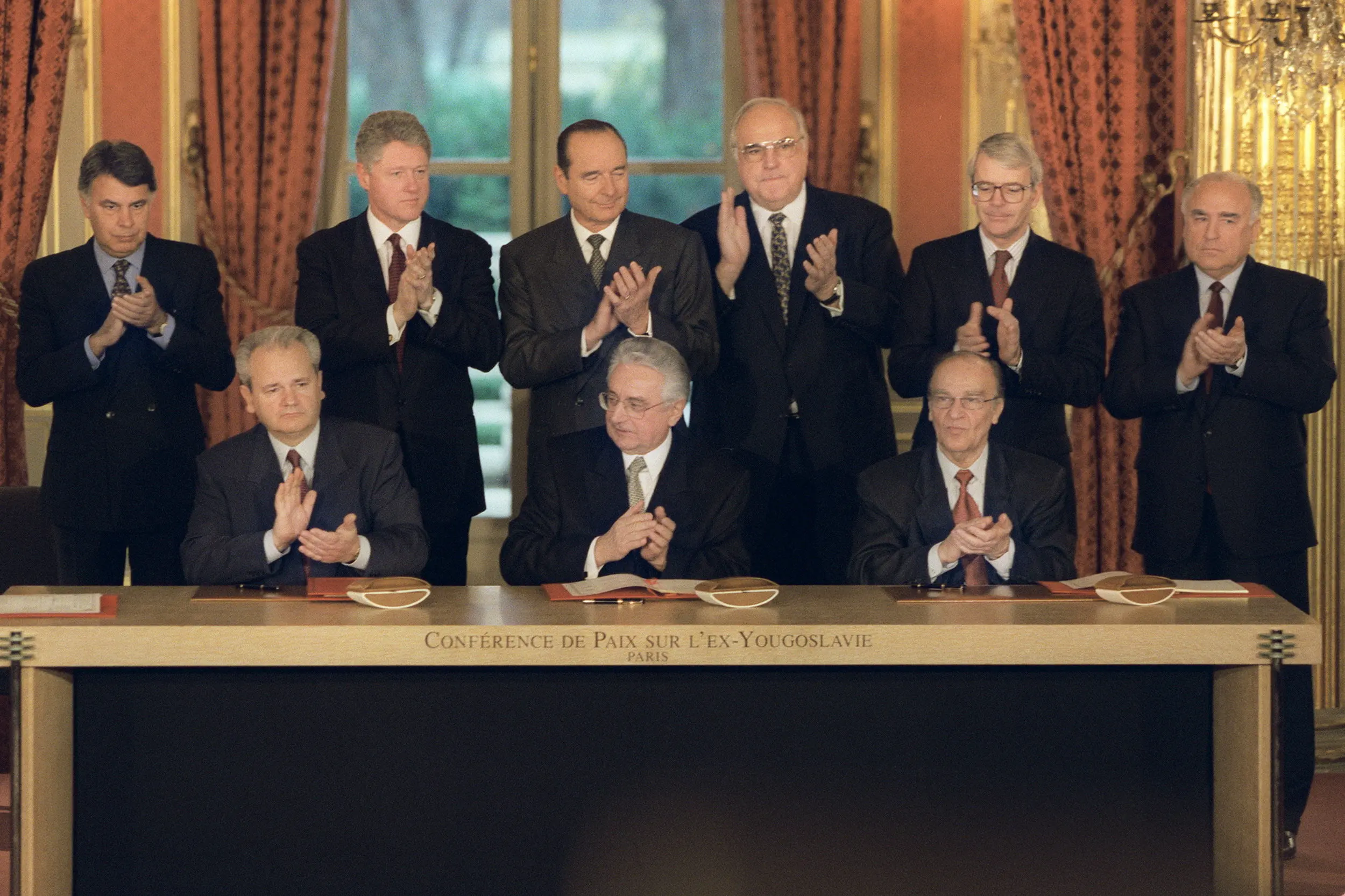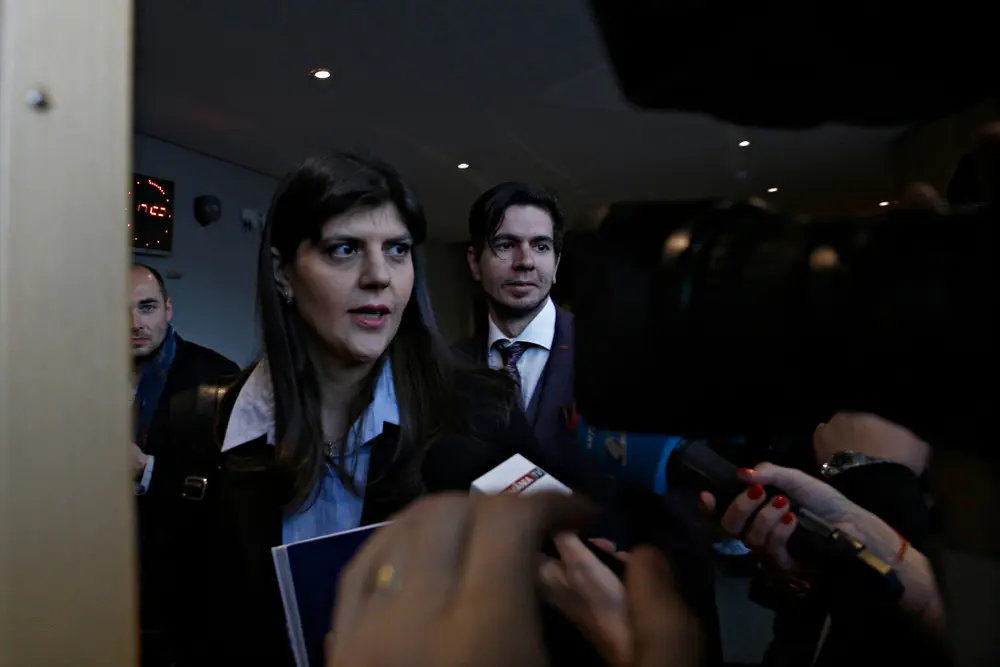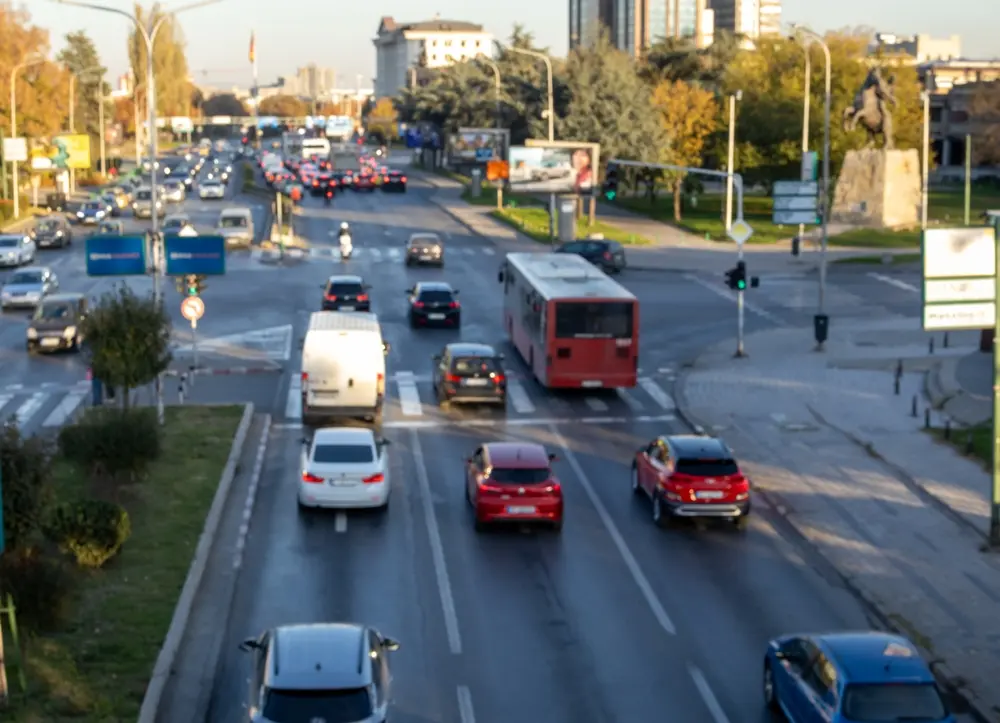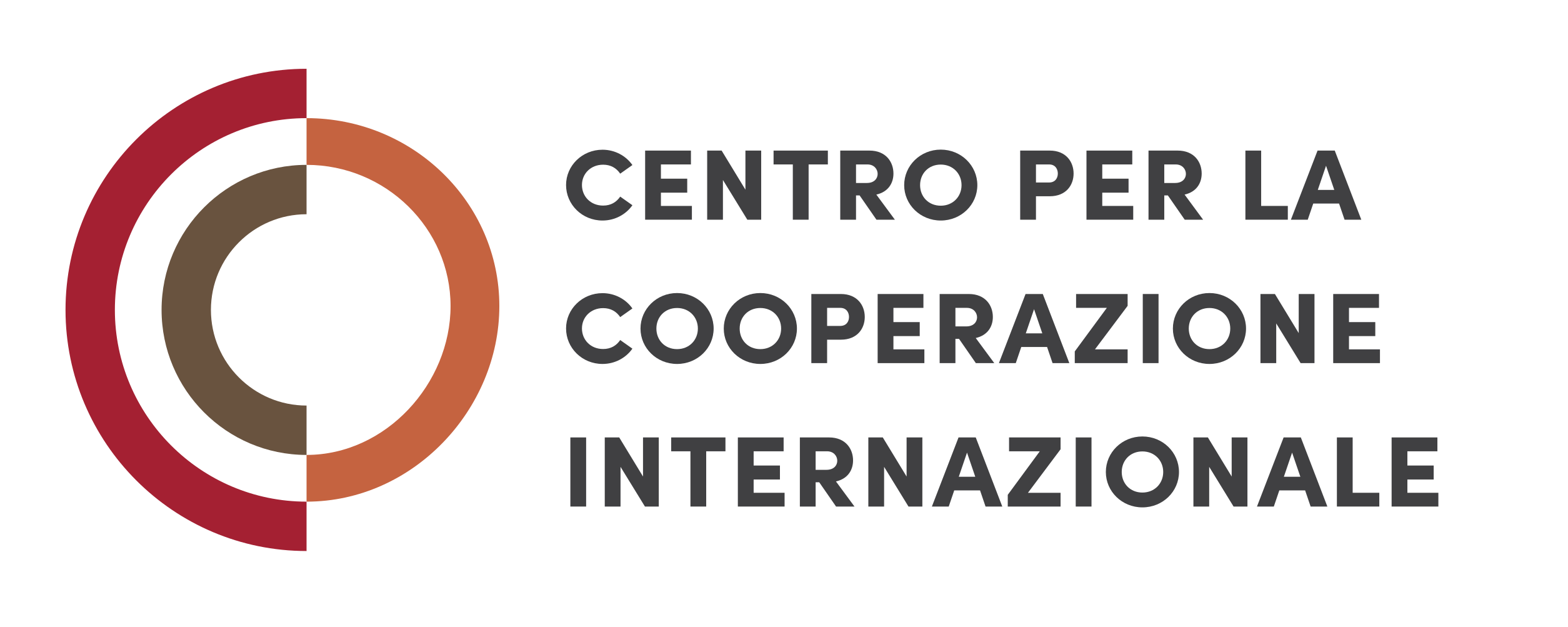Cohesion funds, a Slovenian experience
EU funds can have a real impact on the lives of citizens and local communities, provided they are spent taking into account the specific needs of each territory. Interview with Jasna Gabrič, former mayor of Trbovlje
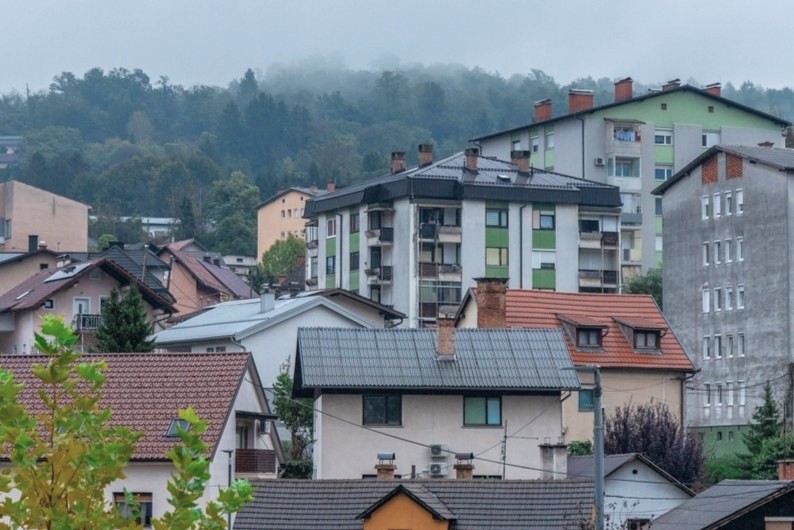
Cohesion-funds-a-Slovenian-experience
Urban detail, Trbovlje © Anze Furlan/Shutterstock
Trbovlje is a town in central Slovenia, not far from the Sava River. Long an important mining and energy center, Trbovlje is home to the tallest building in the country, the chimney of the former thermal power plant, 360 meters high, which is also one of the tallest structures ever built in Europe.
The transition and diversification of the local economy has been supported by the cohesion funds made available by the European Union. Jasna Gabrič, who was mayor of Trbovlje from 2014 to 2022, was invited last year to join a group of specialists established by the European Commission to provide guidance on possible reforms of EU cohesion policy. Gabrič obtained this position also thanks to her experience as head of the Association of Municipalities and Cities of Slovenia and member of the European Committee of the Regions.
Speaking about her experience as a local offical and the potential of cohesion funds, Gabrič explains that in Trbovlje “waste management projects, start-up incubators and industrial zone regeneration have been developed”. In the specific context, these were priorities, which, however, “are not necessarily suitable for other cities”.
Therefore, Gabrič believes, it is essential to involve local and regional authorities in defining the most appropriate methods of managing and spending funds, considering each case individually. This is a further argument against the possible centralisation of the allocation and management of European structural funds, which the European Commission has been discussing in recent months in view of the preparation of the next EU budget, which will cover the seven-year period 2028-2034.
In your opinion, what should be the priorities of the next cycle of EU cohesion policy?
Cohesion policy must remain a real cohesion policy. It cannot be seen by other European Commissioners as an opportunity to redirect funds towards their own areas of competence: converging programmes related to other policies into cohesion policy, without increasing the overall budget, is not a good approach. This would lead to a fragmentation of funds, leaving scarce resources for achieving the main objective of cohesion, which should remain focused on regional and local communities.
The way funds are allocated varies from country to country, from city to city, depending on how communities choose to invest in projects. In Slovenia, for example, after the government singled out key sectors, such as environment and transport, local communities were invited to put forward concrete proposals and then apply for funding.
What has made cohesion policy successful so far?
The aim of cohesion is to make the places where people live better. The challenge – but also the opportunity – is to maximise the impact of these funds: to turn one euro allocated by the EU into three euros of value on the ground. With cohesion funds we can achieve what national governments often fail to do, especially when it comes to environmental programmes.
I am one of those who believe that it is necessary to reject the idea of a one-size-fits-all approach [the centralization plan proposed by the European Commission]. Each community has its own needs and priorities, which require tailor-made projects. This diversity must be taken into account when defining the next cycle of cohesion policy.
How did you spend cohesion funds in Trbovlje during your term as mayor?
During the 2014-2020 cohesion policy cycle, we implemented several projects in Trbovlje, with a total value of 6-7 million Euros. Our approach was bottom-up, ensuring that the investments responded to the real needs of the community.
One of the main projects focused on supporting local businesses. Many businesses faced basic infrastructure challenges, such as insufficient electricity supply, frequent avalanches and lack of proper water supply. In order to address this problem, I invited business managers to outline their most urgent needs. We made a list of priorities and assessed what we could achieve with European funds: we successfully invested more than 2 million Euros in improving infrastructure, thus strengthening the competitiveness of the local economy.
Another project involved one of our globally successful companies, Dewesoft, that actively supports start-ups and promotes entrepreneurship among young people. After talking to the director, we came up with the idea of creating a start-up incubator, securing the necessary space, renovating it, and then entrusting the management to the company.
A third project included the construction of bicycle paths. In a former mining town, nestled in a valley, this idea seemed almost impossible at first, but when I became the mayor, I decided to push the project forward. It was not easy, but we did it. The project, worth around two million Euros, has been completed and encourages people to walk and cycle more, improving both urban mobility and quality of life.
In your experience, which aspects of cohesion policy could be improved?
There is too much bureaucracy, this factor cannot be ignored. This is also one of the issues highlighted in the report that we, as a group of experts, drafted for the European Commission in 2024. Many local actors, including the public sector and NGOs, do not have the resources to hire staff to dedicate exclusively to navigating the complex bureaucratic procedures required to access European funds and implement projects.
It should also be kept in mind that cohesion funds are only effective if local and regional communities have a say in how these funds are used. It is not enough for a government to receive funds from Brussels if that same government dictates how they are actually spent. Local authorities should not be forced to implement projects just because they meet the funding criteria, but should be flexible enough to respond to the real needs of their communities.
What was the biggest challenge you faced?
Engaging young people is always the most difficult challenge, as political engagement is not common among younger generations. In order to encourage their involvement, we used EU funds to build a youth center, providing them with a space to participate in our programs and projects.
I also invited young people to the town hall and posted our conversations on YouTube in order to reach a wider audience and highlight the issues we discussed. However, this is an ongoing challenge, and there is no easy solution.
This article is published in the context of the project "Cohesion4Climate" co-funded by the European Union. The EU is in no way responsible for the information or views expressed within the framework of the project; the sole responsibility for the content lies with OBCT.
Tag: Cohesion for Climate
Featured articles
- Take part in the survey
Cohesion funds, a Slovenian experience
EU funds can have a real impact on the lives of citizens and local communities, provided they are spent taking into account the specific needs of each territory. Interview with Jasna Gabrič, former mayor of Trbovlje

Cohesion-funds-a-Slovenian-experience
Urban detail, Trbovlje © Anze Furlan/Shutterstock
Trbovlje is a town in central Slovenia, not far from the Sava River. Long an important mining and energy center, Trbovlje is home to the tallest building in the country, the chimney of the former thermal power plant, 360 meters high, which is also one of the tallest structures ever built in Europe.
The transition and diversification of the local economy has been supported by the cohesion funds made available by the European Union. Jasna Gabrič, who was mayor of Trbovlje from 2014 to 2022, was invited last year to join a group of specialists established by the European Commission to provide guidance on possible reforms of EU cohesion policy. Gabrič obtained this position also thanks to her experience as head of the Association of Municipalities and Cities of Slovenia and member of the European Committee of the Regions.
Speaking about her experience as a local offical and the potential of cohesion funds, Gabrič explains that in Trbovlje “waste management projects, start-up incubators and industrial zone regeneration have been developed”. In the specific context, these were priorities, which, however, “are not necessarily suitable for other cities”.
Therefore, Gabrič believes, it is essential to involve local and regional authorities in defining the most appropriate methods of managing and spending funds, considering each case individually. This is a further argument against the possible centralisation of the allocation and management of European structural funds, which the European Commission has been discussing in recent months in view of the preparation of the next EU budget, which will cover the seven-year period 2028-2034.
In your opinion, what should be the priorities of the next cycle of EU cohesion policy?
Cohesion policy must remain a real cohesion policy. It cannot be seen by other European Commissioners as an opportunity to redirect funds towards their own areas of competence: converging programmes related to other policies into cohesion policy, without increasing the overall budget, is not a good approach. This would lead to a fragmentation of funds, leaving scarce resources for achieving the main objective of cohesion, which should remain focused on regional and local communities.
The way funds are allocated varies from country to country, from city to city, depending on how communities choose to invest in projects. In Slovenia, for example, after the government singled out key sectors, such as environment and transport, local communities were invited to put forward concrete proposals and then apply for funding.
What has made cohesion policy successful so far?
The aim of cohesion is to make the places where people live better. The challenge – but also the opportunity – is to maximise the impact of these funds: to turn one euro allocated by the EU into three euros of value on the ground. With cohesion funds we can achieve what national governments often fail to do, especially when it comes to environmental programmes.
I am one of those who believe that it is necessary to reject the idea of a one-size-fits-all approach [the centralization plan proposed by the European Commission]. Each community has its own needs and priorities, which require tailor-made projects. This diversity must be taken into account when defining the next cycle of cohesion policy.
How did you spend cohesion funds in Trbovlje during your term as mayor?
During the 2014-2020 cohesion policy cycle, we implemented several projects in Trbovlje, with a total value of 6-7 million Euros. Our approach was bottom-up, ensuring that the investments responded to the real needs of the community.
One of the main projects focused on supporting local businesses. Many businesses faced basic infrastructure challenges, such as insufficient electricity supply, frequent avalanches and lack of proper water supply. In order to address this problem, I invited business managers to outline their most urgent needs. We made a list of priorities and assessed what we could achieve with European funds: we successfully invested more than 2 million Euros in improving infrastructure, thus strengthening the competitiveness of the local economy.
Another project involved one of our globally successful companies, Dewesoft, that actively supports start-ups and promotes entrepreneurship among young people. After talking to the director, we came up with the idea of creating a start-up incubator, securing the necessary space, renovating it, and then entrusting the management to the company.
A third project included the construction of bicycle paths. In a former mining town, nestled in a valley, this idea seemed almost impossible at first, but when I became the mayor, I decided to push the project forward. It was not easy, but we did it. The project, worth around two million Euros, has been completed and encourages people to walk and cycle more, improving both urban mobility and quality of life.
In your experience, which aspects of cohesion policy could be improved?
There is too much bureaucracy, this factor cannot be ignored. This is also one of the issues highlighted in the report that we, as a group of experts, drafted for the European Commission in 2024. Many local actors, including the public sector and NGOs, do not have the resources to hire staff to dedicate exclusively to navigating the complex bureaucratic procedures required to access European funds and implement projects.
It should also be kept in mind that cohesion funds are only effective if local and regional communities have a say in how these funds are used. It is not enough for a government to receive funds from Brussels if that same government dictates how they are actually spent. Local authorities should not be forced to implement projects just because they meet the funding criteria, but should be flexible enough to respond to the real needs of their communities.
What was the biggest challenge you faced?
Engaging young people is always the most difficult challenge, as political engagement is not common among younger generations. In order to encourage their involvement, we used EU funds to build a youth center, providing them with a space to participate in our programs and projects.
I also invited young people to the town hall and posted our conversations on YouTube in order to reach a wider audience and highlight the issues we discussed. However, this is an ongoing challenge, and there is no easy solution.
This article is published in the context of the project "Cohesion4Climate" co-funded by the European Union. The EU is in no way responsible for the information or views expressed within the framework of the project; the sole responsibility for the content lies with OBCT.
Tag: Cohesion for Climate

